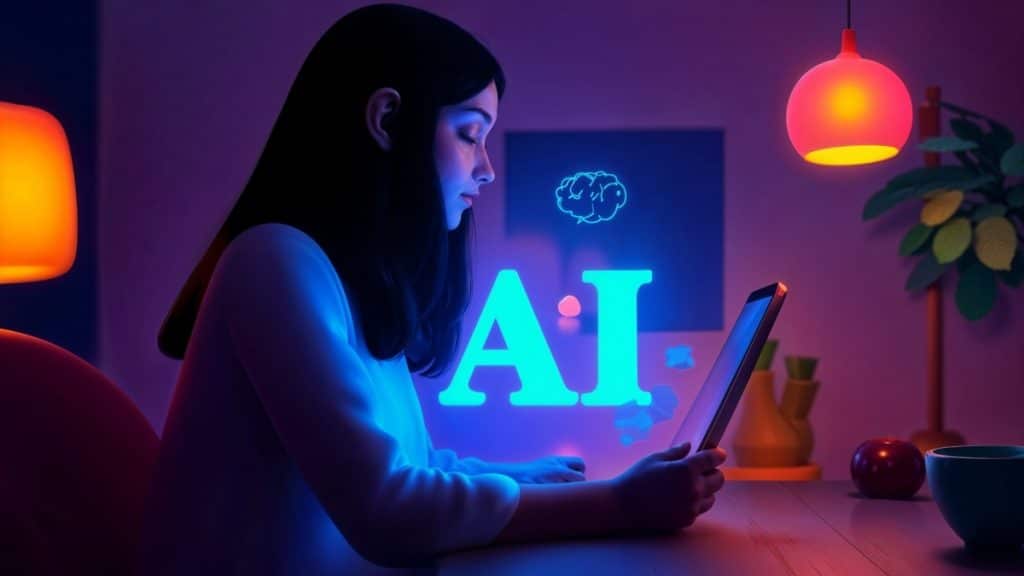Artificial intelligence (AI) is revolutionizing digital content creation, enabling unprecedented levels of efficiency, personalization, and creativity. From generating blog posts to designing visuals, AI tools are empowering creators to produce high-quality content faster than ever before. As industries across the board embrace these technologies, the way we think about content creation is undergoing a dramatic transformation.
Streamlining Text-Based Content Creation
One of the most significant impacts of AI is its ability to automate and enhance text-based content creation. Tools like OpenAI’s ChatGPT, Jasper, and Writesonic can draft articles, marketing copy, and social media posts in a matter of seconds. These systems leverage natural language processing (NLP) to understand context, tone, and structure, producing human-like text tailored to specific needs.
For example, marketers can use AI to generate SEO-optimized blog posts or product descriptions, saving hours of manual labor. AI can also analyze trending topics, suggest keywords, and provide data-driven insights to ensure content resonates with target audiences. Additionally, AI editing tools, such as Grammarly and ProWritingAid, improve grammar, style, and readability, ensuring that written content meets high professional standards.
The Rise of AI-Driven Art Generators
AI is also making waves in the realm of visual content through AI-driven art generators. These tools, such as DALL·E, MidJourney, and Stable Diffusion, allow users to create stunning, unique visuals with minimal input. By simply providing a text prompt—such as “a surreal landscape with floating islands under a starry sky”—these tools generate artwork that rivals the quality of traditional artists.
AI-powered tools like an image generator democratize creativity, enabling individuals without formal artistic training to produce professional-grade visuals for websites, social media, and marketing campaigns. This accessibility has proven invaluable for small businesses and content creators who may lack the budget to hire professional designers.
However, the rise of AI art has also sparked debates about originality and intellectual property. Critics argue that AI systems are trained on vast datasets of existing artwork, potentially infringing on artists’ intellectual property. On the other hand, proponents believe AI art represents a new medium that complements traditional forms of creativity rather than replacing them.
Revolutionizing Video and Multimedia Production
Beyond text and static visuals, AI is transforming video and multimedia production. AI-powered tools like Runway ML, Synthesia, and Pictory can create videos from scripts, enhance footage, and even generate lifelike avatars to present content. These tools enable businesses to produce high-quality videos at a fraction of the cost and time of traditional methods.
For example, Synthesia allows users to create videos with AI-generated presenters who can speak in multiple languages. This is particularly useful for global marketing campaigns, as it eliminates the need for hiring actors and filming on location. Similarly, AI-driven editing software automates tasks like color grading, background replacement, and audio syncing, streamlining post-production workflows.
Personalization at Scale
AI’s ability to analyze vast amounts of data is also enabling unprecedented levels of personalization in content creation. Algorithms can track user preferences, behaviors, and engagement patterns to deliver tailored experiences. For instance, e-commerce platforms can use AI to recommend products and create personalized marketing emails, while streaming services curate content based on individual viewing habits.
This personalization extends to creative content as well. AI tools can customize visuals, text, and videos to align with audience demographics, preferences, and cultural nuances, ensuring that content feels relevant and engaging to diverse audiences.
AI Image Inpainting: Redefining Digital Restoration
AI is also transforming how we edit and restore images. Tools like https://cgdream.ai/features/ai-image-inpainting enable creators to seamlessly remove unwanted objects, repair damaged photographs, or fill in missing details. These advanced algorithms analyze the surrounding context to generate realistic replacements, making the edits nearly imperceptible. This capability is particularly valuable for designers, marketers, and even historians working with archival materials.
For example, a marketer can use AI inpainting to adjust product photos effortlessly, while a historian might restore old photographs with missing elements. By reducing the time and skill needed for intricate edits, AI inpainting tools are pushing the boundaries of what’s possible in digital content creation.
Challenges and Ethical Considerations
While AI offers exciting possibilities, it also raises important ethical considerations. The potential for job displacement among content creators, designers, and writers is a major concern. Furthermore, the use of AI-generated content can blur the lines between authentic and synthetic media, posing risks for misinformation and copyright infringement.
Creators and businesses must strike a balance between leveraging AI’s capabilities and respecting ethical guidelines. Transparency, accountability, and collaboration between human creators and AI systems will be essential in navigating these challenges.
